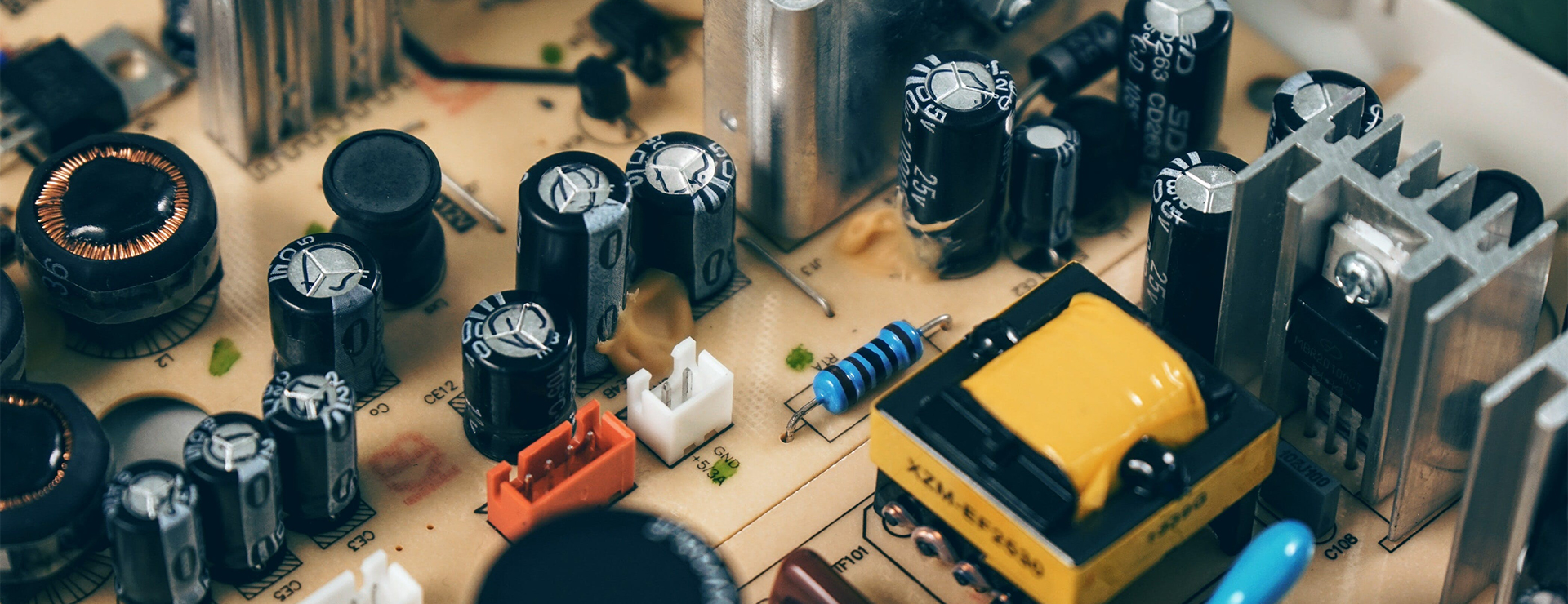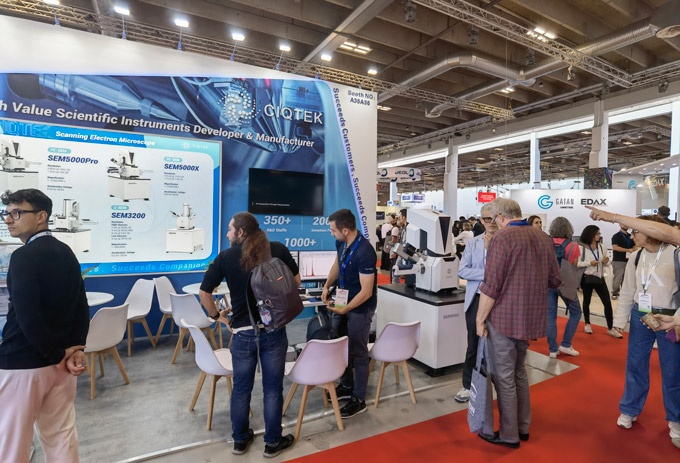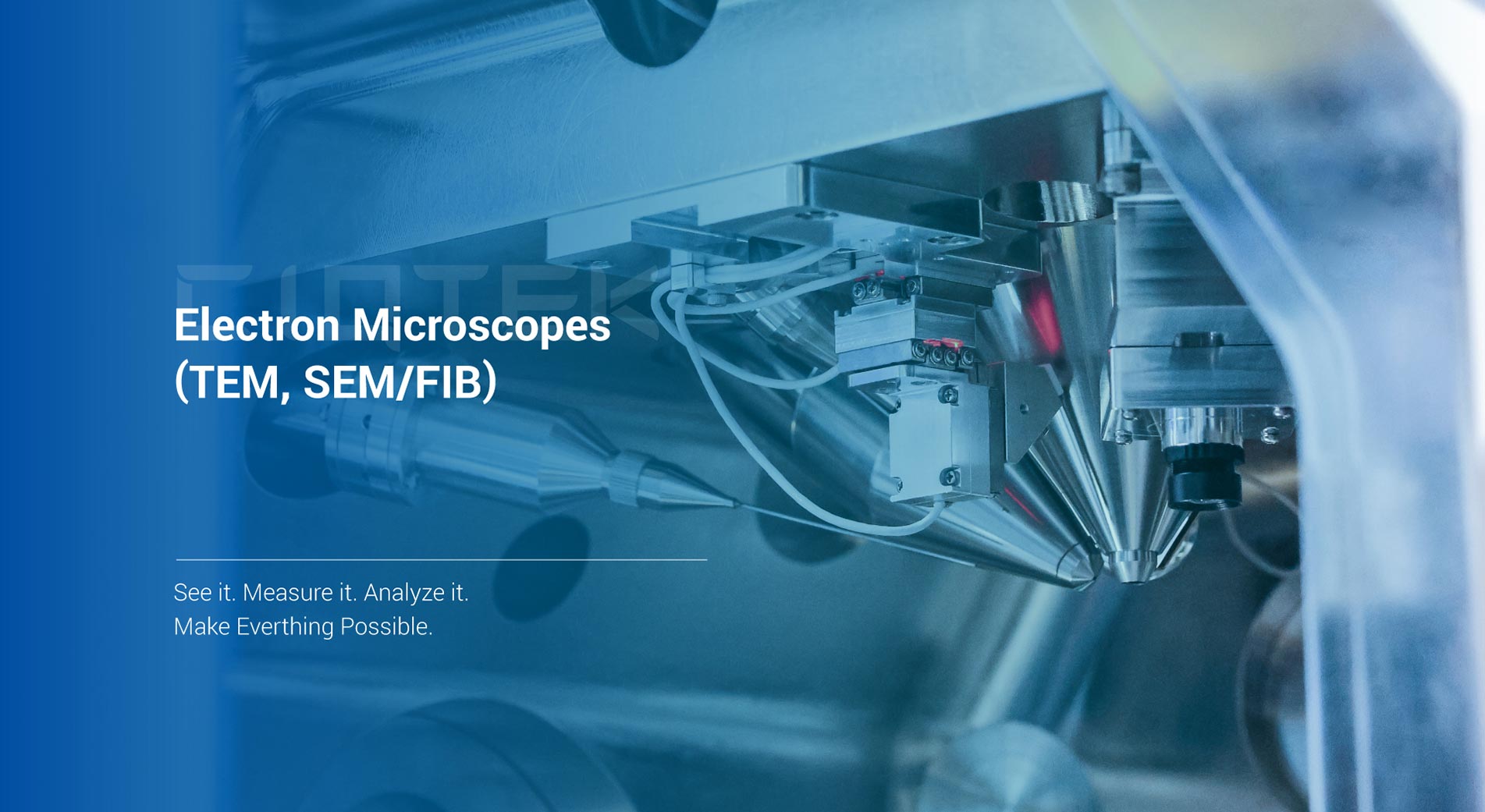Key Scanning Electron Microscopy (SEM) Conferences and Exhibitions in the United States for 2025
The field of Scanning Electron Microscopy (SEM) continues to advance rapidly, driving innovation across materials science, life sciences, and nanotechnology. Attending conferences and exhibitions provides invaluable opportunities for professionals and researchers in this domain to learn about cutting-edge technologies, share research, and network with peers. Below is a list of some of the important SEM events in the United States for 2025.
1. Microscopy & Microanalysis (M&M) 2025
-
Dates: July 27 – July 31, 2025
-
Location: Salt Lake City, Utah
The Microscopy & Microanalysis (M&M) conference is one of the premier events for electron microscopy professionals. Organized by the Microscopy Society of America (MSA) and the Microanalysis Society (MAS), this conference covers all aspects of microscopy and microanalysis. Expect various technical sessions, hands-on workshops, and an extensive exhibition featuring the latest SEM technologies.
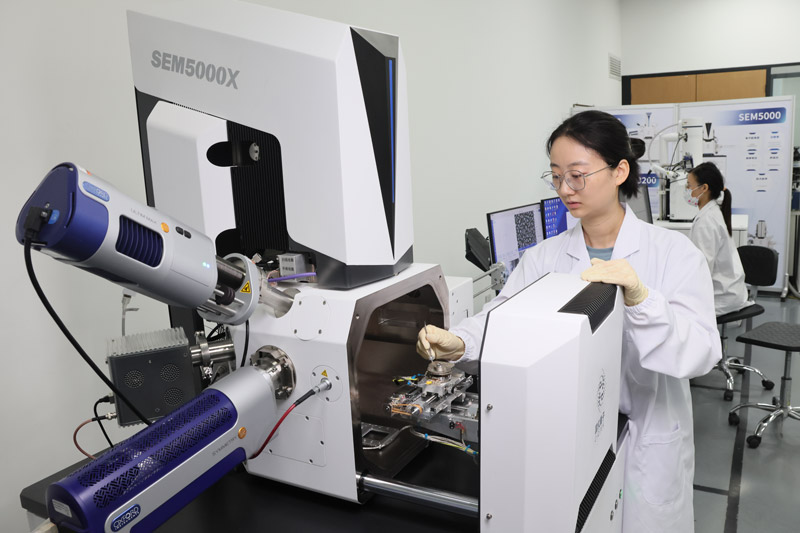 CIQTEK SEM will attend the M&M2025 as always. Visit at booth #1303.
CIQTEK SEM will attend the M&M2025 as always. Visit at booth #1303.
2. Materials Research Society (MRS) Spring and Fall Meetings
-
Spring Meeting & Exhibit: April 7–11, 2025 | Seattle, Washington
-
Fall Meeting & Exhibit: November 30–December 5, 2025 | Boston, Massachusetts
Both the Spring and Fall MRS Meetings are essential gatherings for materials scientists. These events feature sessions on advanced characterization techniques, including SEM. Researchers can present their findings, attend specialized symposia, and explore exhibits showcasing state-of-the-art microscopy tools.
3. Pittcon 2025
-
Dates: March 1–5, 2025
-
Location: Boston, Massachusetts
Pittcon is a leading conference and expo on laboratory science. While it spans a wide range of analytical techniques, the event often features sessions and exhibitors dedicated to SEM and its applications in chemical analysis and materials characterization.
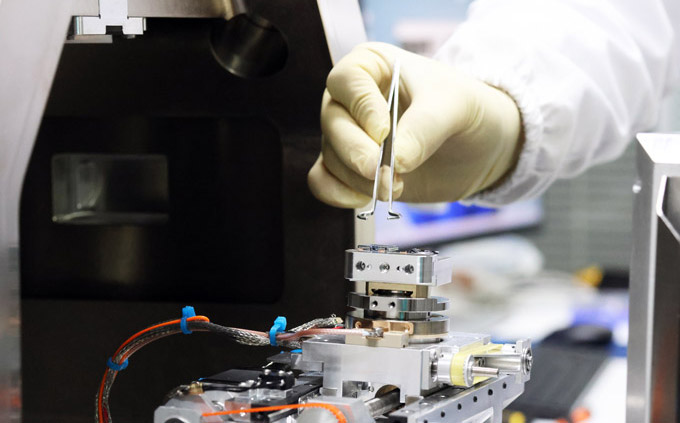 CIQTEK SEM will attend the Pittcon 2025. Visit at booth #625.
CIQTEK SEM will attend the Pittcon 2025. Visit at booth #625.
Why Attend SEM Microscope Meetings?
-
Stay Updated: Learn about the latest SEM microscope technologies, methodologies, and applications.
-
Network: Connect with leading researchers, industry professionals, and equipment manufacturers.
-
Collaborate: Explore opportunities for partnerships and collaborative research.
-
Professional Development: Participate in workshops and training sessions to enhance your skills.
Attending these conferences can provide a significant boost to your professional knowledge and network, ensuring you stay at the forefront of SEM advancements. Mark your calendar and plan to attend these pivotal events in 2025!
